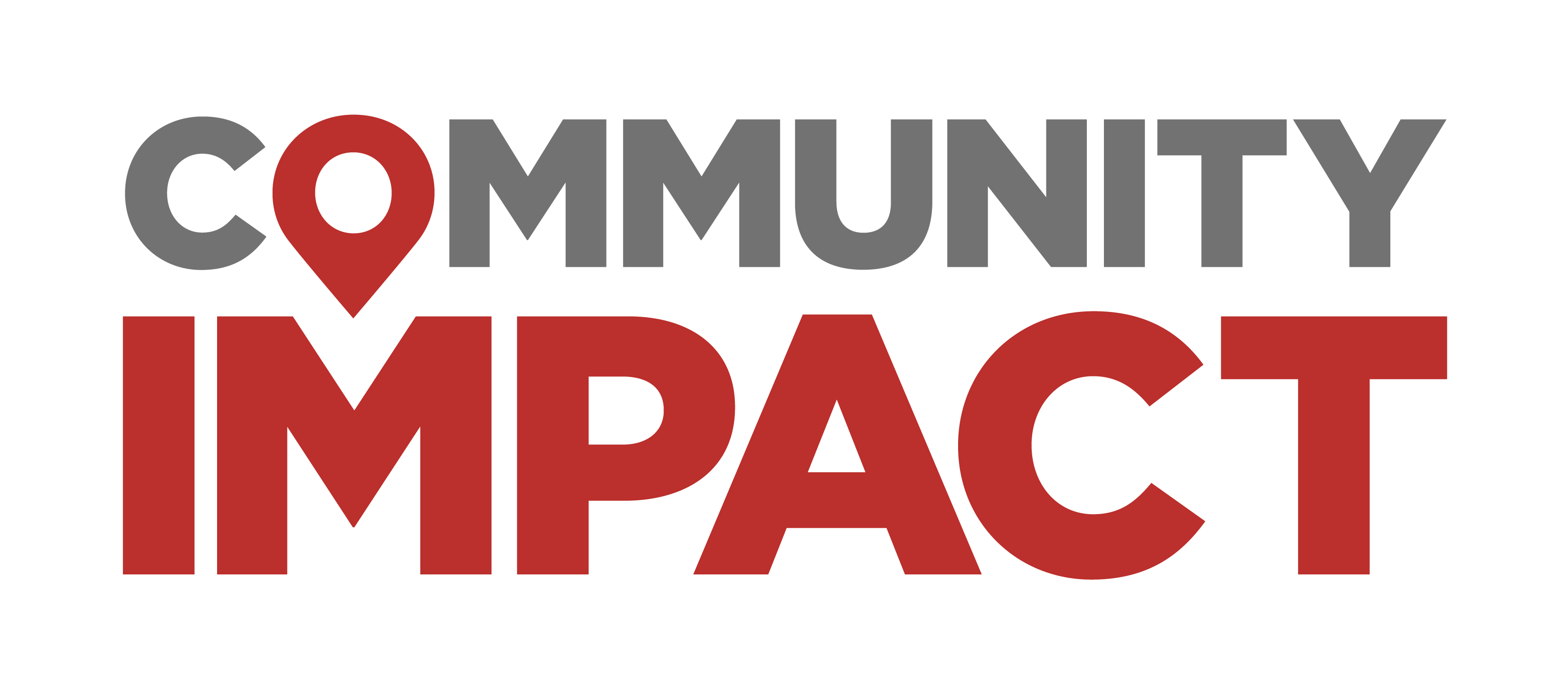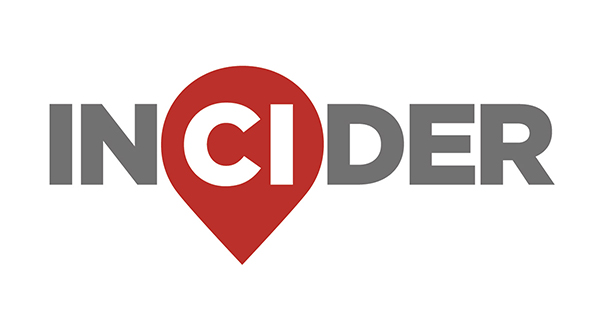What they offer
T4TG is not a passive-use gym, Braden said, and instead offers training sessions to help clients bridge the gap between physical therapy and exercising, prevent exercise injuries, or simply reach their health goals.
“[Working out] almost implies excess energy that they’ve just got to get out of their system,” Braden said. “I think ‘training’ implies a lot more intentionality.”
The science behind T4TG’s approach is rooted in Applied Functional Science, which combines physical therapy strategies with more conventional training methods, Braden said.
“We're not afraid to lift weights or move with velocity or speed, but we’ve got to make sure that we've got your ‘structure’ prepared to function doing those things,” Braden said.
Along with group sessions, T4TG offers customized personal training to address specific issues or pain points. There are also programs for elementary through high school students, and a new 3D Move senior program.
“We really think [seniors] are probably pretty under-marketed to [and] underserved,” Braden said. “Some people don't have a particularly nuanced understanding of their needs, ... [and are] so concerned with doing no harm that they fail to do any good."
What’s special about it?
T4TG’s three-step movement strategy—Melt, Mold, Move—consists of preparing muscles and tissue for movement with foam rollers or a massage gun; molding the newly-pliable tissue by stretching; and then moving the body.
- Melt: Prior to each session, pressure is applied to areas with built-up tension to “melt” fibrous tissues between the muscles that have thickened and prevent movement—often the result of a lack of activity, injury, inflammation or chronic overuse.
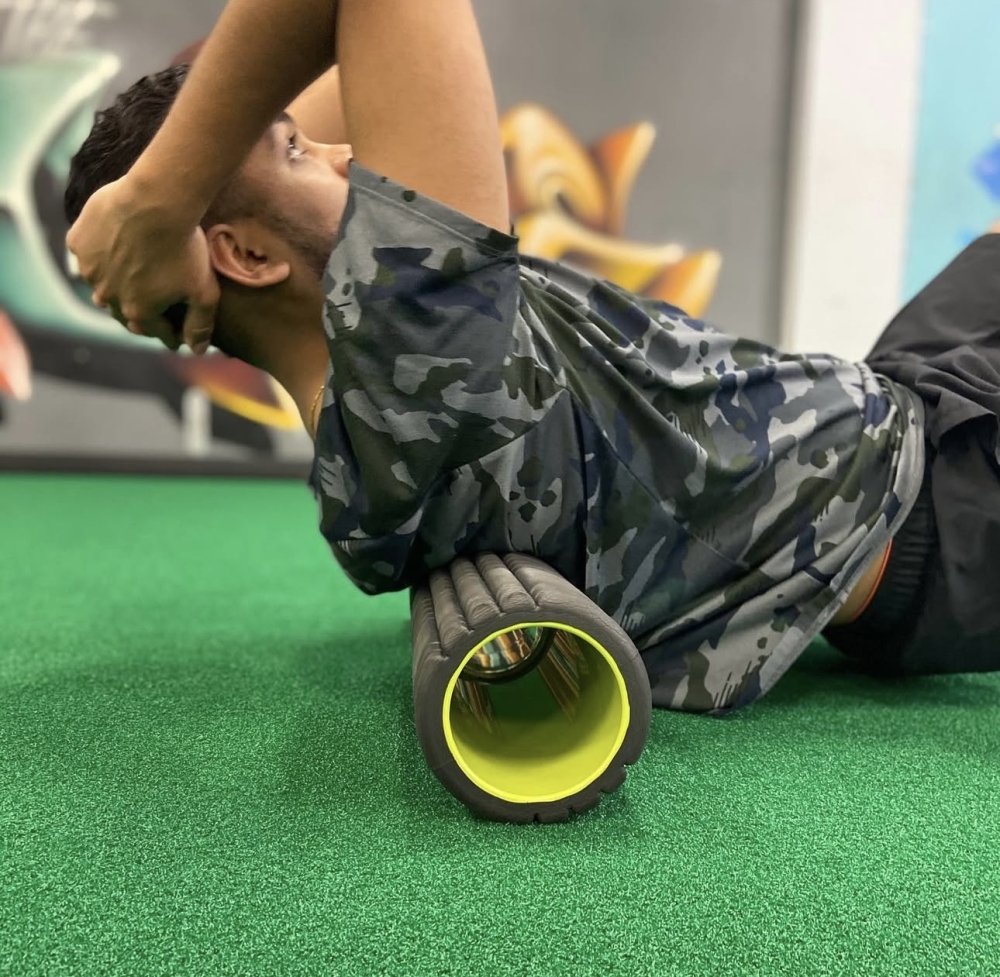
- Mold: A piece of equipment called the stretch cage allows clients to stretch in a variety of positions while standing instead of sitting or laying down like traditional stretches. This step helps increase flexibility and mobility by "molding" the tissue.
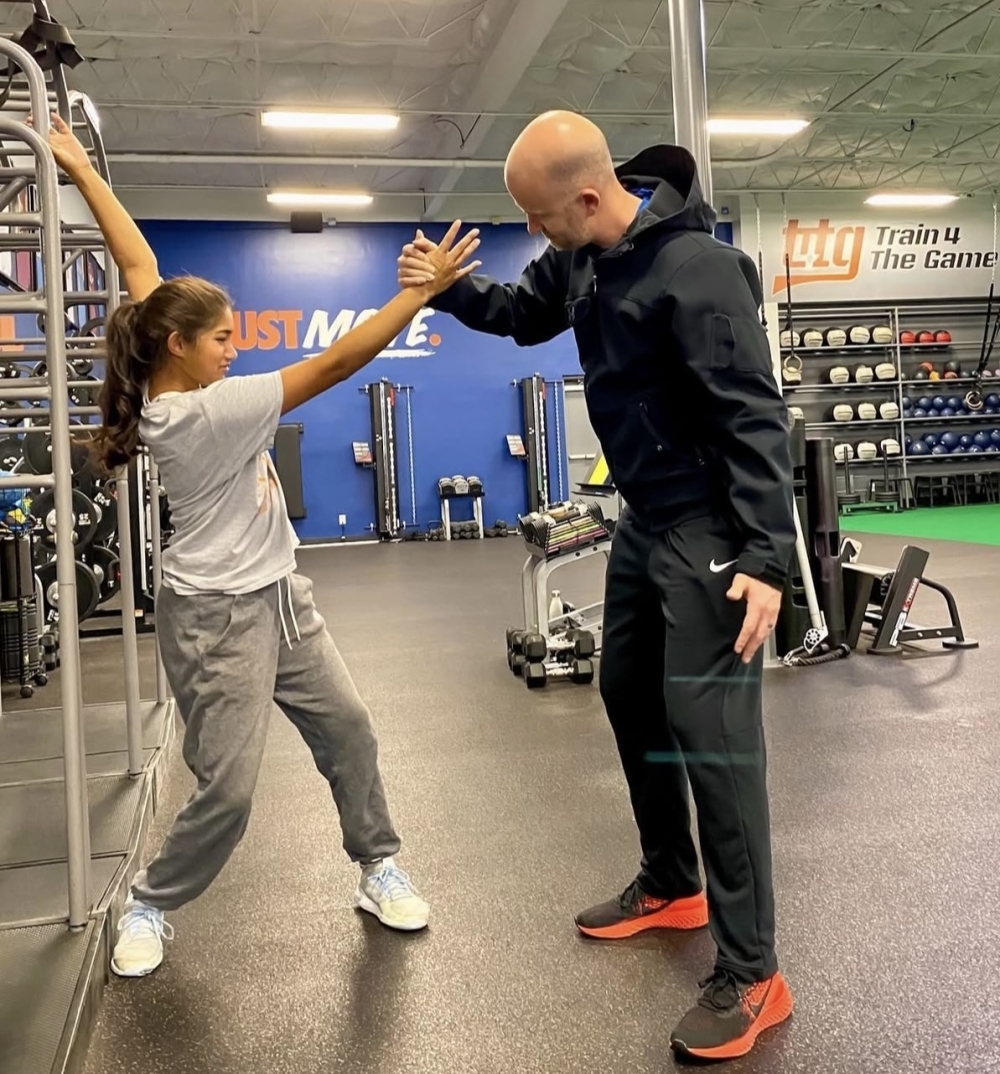
- Move: Clients now have the proper range of motion for 3D movements such as lunges, medicine ball throws, and multiplanar exercises with forward and backward, side to side and rotational movements.
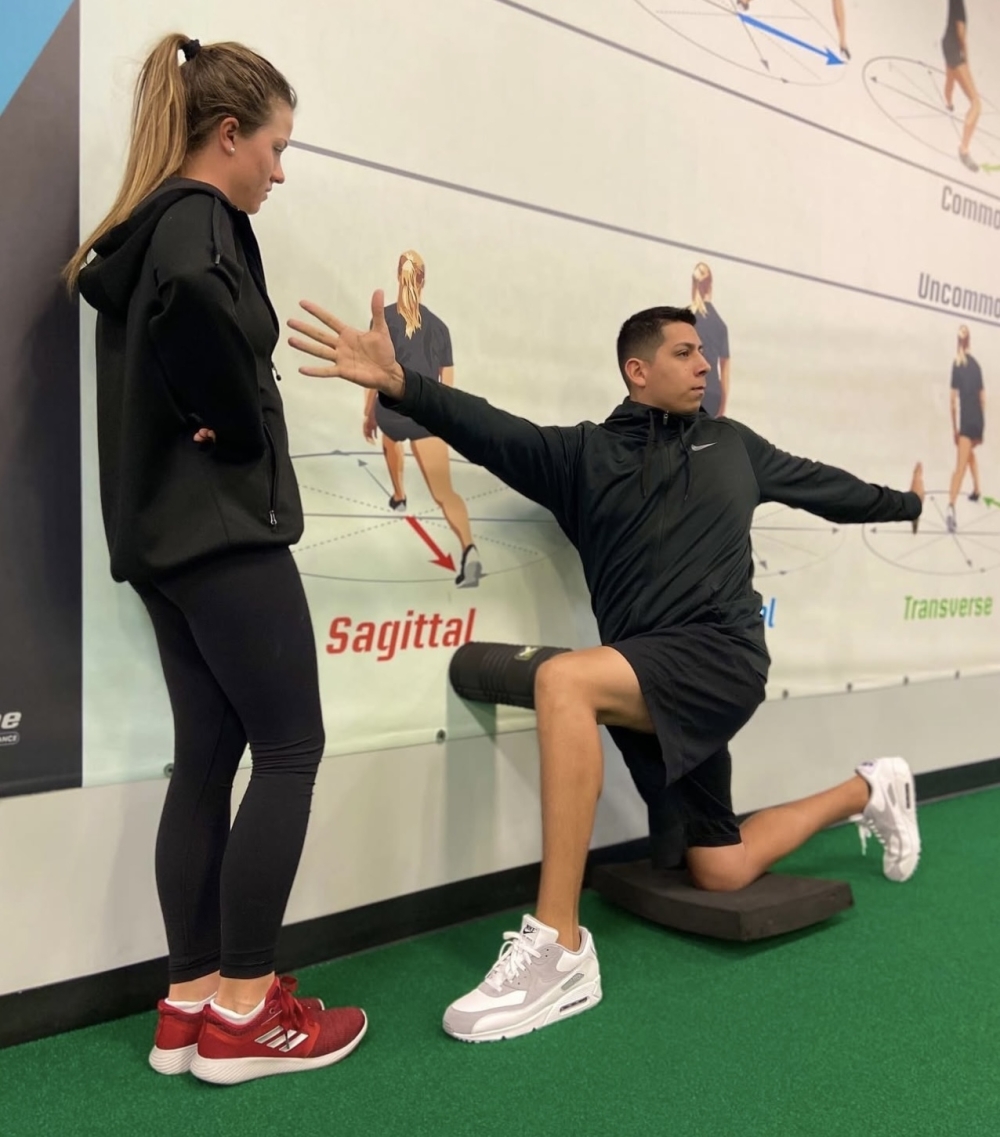
“Almost inevitably when people get dinged up, it just gets sidelined,” Braden said. “Being able to get people out of that pattern is a big deal for us.”
Respecting the craft
Braden’s background as a former college basketball coach means he saw routine injuries and performance gaps.
“We had to go learn how to prevent those things from occurring,” Braden said. “A lot of those same principles and strategies have a lot of application to folks like you and me who are trying to hopefully train with some intensity over time, but not have that parallel increased risk of injury.”
- 3201 Bee Caves Road, Ste. 121, Austin
- www.train4thegame.com

